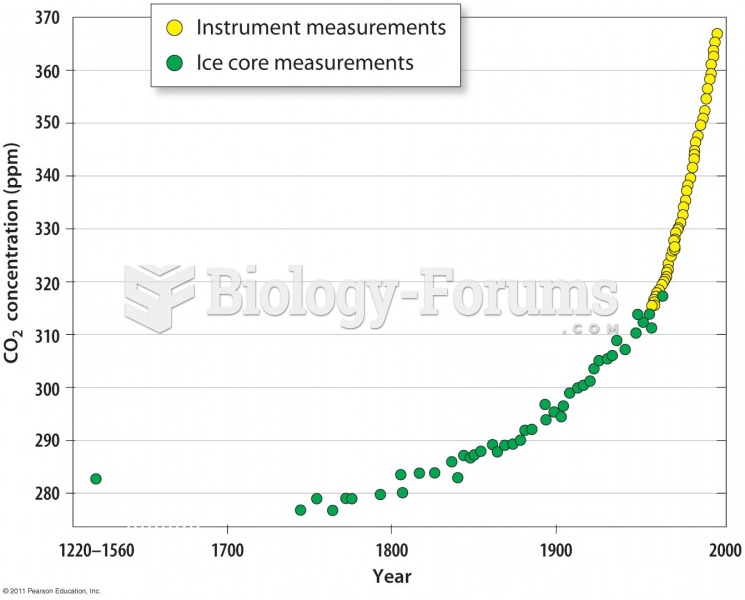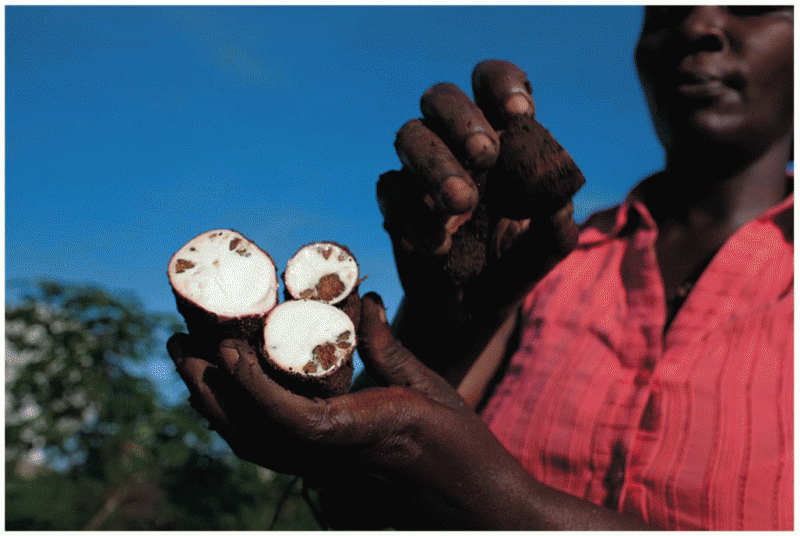Answer to Question 1
Industrial smog is typically generated by the use of coal and occurs in cold cloudy areas. It is an irritating, grayish mixture of soot, sulfurous compounds, and water vapor. Photochemical smog is typically generated by
the burning of gasoline in internal combustion engines. Local weather conditions are usually warm and sunny. Automobile exhaust, nitrogen oxides, and volatile organic compounds react with sunlight to create photochemical smog.
Answer to Question 2
1, High-income, highly developed, industrialized countries. This group (1.056 billion in 2007) includes the United States, Canada, Japan, Korea, Australia, New Zealand, the countries of western Europe and Scandinavia, Singapore, Taiwan, Israel, and several Arab states (2007 gross national income per capita, 11,456 and above; average of 37,566). Anje in Sweden is in this group.
2, Middle-income, moderately developed countries. This group (4.26 billion) includes mainly the countries of Latin America (Mexico, Central America, and South America), northern and southern Africa, China, Indonesia and other southeastern Asian countries, many Arab states, eastern Europe, and countries of the former U.S.S.R. It is further divided by the World Bank into lower-middle-income and upper-middle-income countries (2007 gross national income per capita, 93 3,705 for the former category, 3,70611,455 for the latter). Indonesia, home to Atin and her family, is in the lower-middle-income group.
3, Low-income, developing countries. This group (1.296 billion) comprises the countries of eastern, western, and central Africa, India and other countries of southern Asia, and a few former Soviet republics (2007 gross national income per capita, less than 936; average of 578). Awa and her family in Burkina Faso are members of this group.







